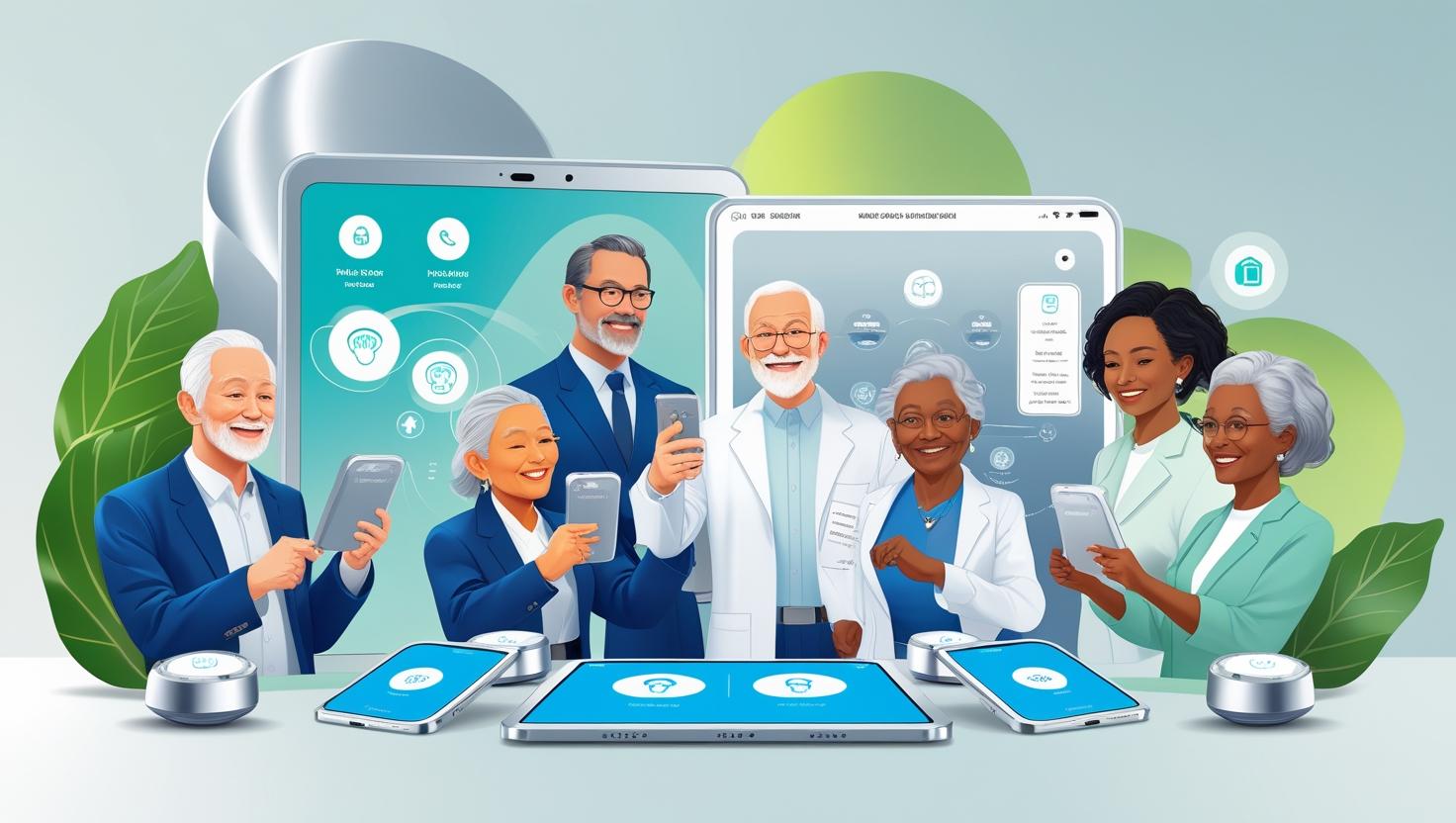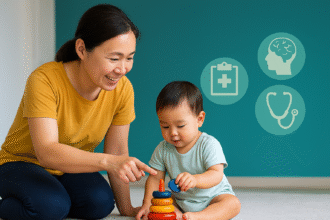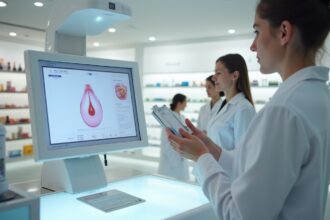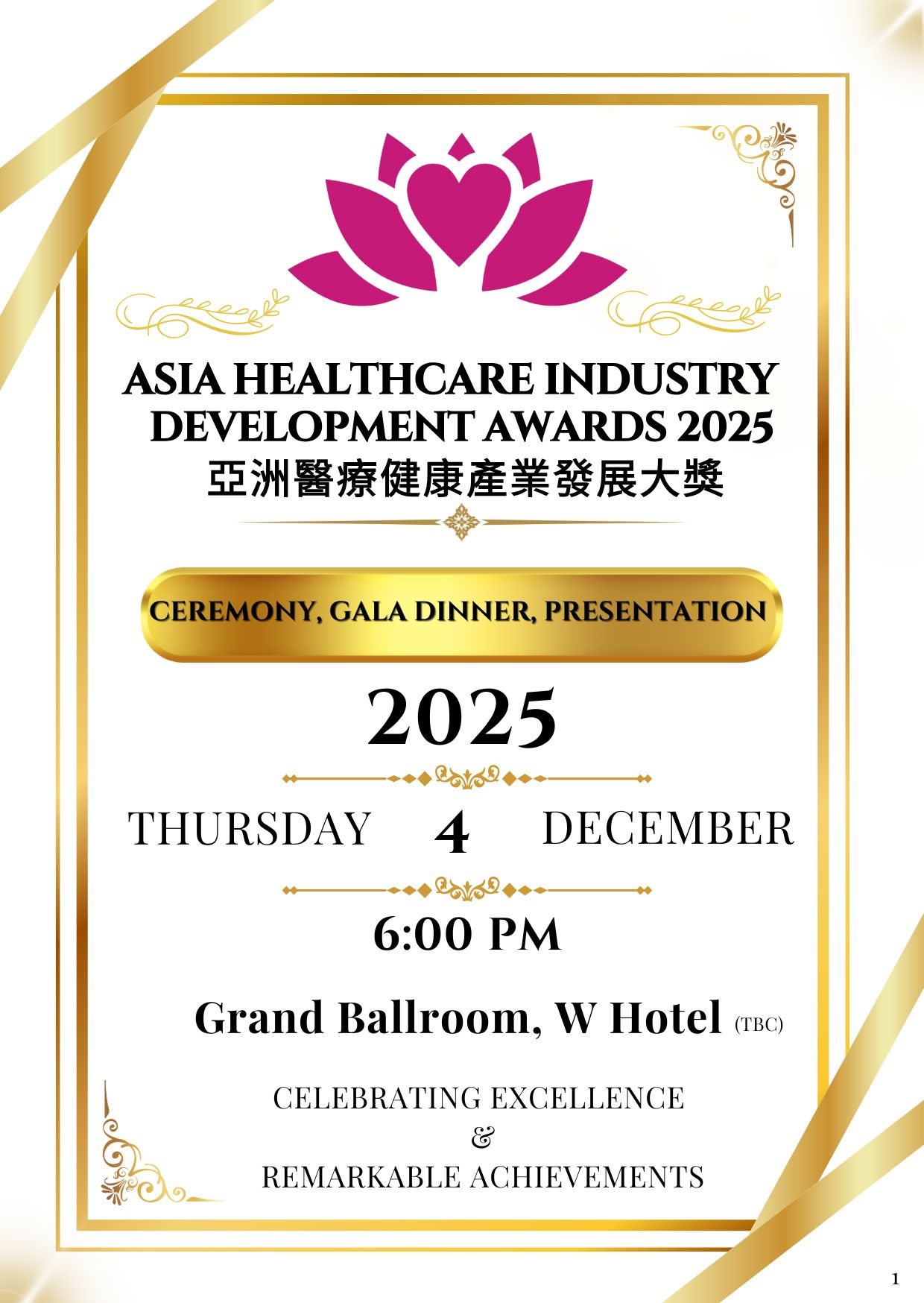The Silver Economy, encompassing the economic activities driven by the needs and spending power of individuals aged 50 and older, is a transformative force in global markets. Valued at $1.6 trillion in 2023 and projected to reach $2.9 trillion by 2031 with an 8.1% compound annual growth rate (CAGR), according to Verified Market Research, this demographic shift is propelled by an aging population that’s living longer and more actively. By 2030, the World Health Organization estimates that 1.4 billion people globally will be aged 60 or older, a number expected to surpass children under 15 by 2050. For B2B businesses, the rise of senior care services—from healthcare to housing and technology—presents a wealth of opportunities to supply innovative solutions to consumer-facing enterprises. This article explores key growth sectors within senior care, certification challenges for international retailers, and strategic pathways for B2B companies to thrive in this dynamic market.
The demographic transformation is profound. Advances in healthcare, nutrition, and hygiene have increased global life expectancy from 52.5 years in 1960 to 72.8 years in 2020, per World Bank data. In Europe, one in three people will be over 65 by 2060, according to the European Commission. Today’s seniors are not just living longer—they’re redefining aging. A 2021 AARP report found that 74% of adults over 50 engage with social media, 86% use email, and 73% text, debunking myths about their tech reluctance. This tech-savvy cohort demands solutions that enhance independence, health, and connectivity, creating fertile ground for B2B innovation in senior care services.
Healthcare Services: A Pillar of Growth
Healthcare is a cornerstone of the Silver Economy, with seniors driving significant spending. In India, healthcare accounts for a substantial portion of senior expenditure, reflecting global trends in chronic disease management and telemedicine. The Indian home healthcare market, valued at $6.2 billion in 2020, is projected to reach $21.3 billion by 2027, per Grand View Research. Telemedicine, growing at a 31% CAGR to reach $5.5 billion by 2025 in India, per Statista, is revolutionizing access to care. Companies like Ping An in China, which reported a significant portion of its 232 million customers using health and senior care services in 2023, are leveraging technology for home-based nursing and remote monitoring.
For B2B businesses, opportunities lie in supplying technologies to healthcare providers. Telemedicine platforms require secure APIs, cloud infrastructure, and cybersecurity solutions to comply with regulations like HIPAA in the U.S. and GDPR in the EU. Medical devices, such as glucose monitors and fall-detection wearables, demand precision components and regulatory consulting to meet FDA and EU MDR standards. With 75% of Indian seniors suffering from at least one chronic condition, per India’s Ministry of Social Justice and Empowerment, AI-driven analytics for chronic disease management are in high demand, offering B2B firms a chance to supply scalable solutions.
Senior Living and Housing Solutions
The senior living market, valued at $190 billion globally in 2020 and projected to reach $300 billion by 2030, per Grand View Research, is another high-growth sector. Seniors increasingly prefer accessible, community-oriented housing that supports aging in place, with 91% of adults aged 50–80 favoring their own homes, per a 2018 Georgetown University and Philips study. In India, cities like Pune (1.2 million seniors) and Bengaluru (1.03 million seniors) are seeing growth in senior living facilities, though cultural preferences for family caregiving limit supply in northern regions, per KPMG.
B2B companies can capitalize by supplying smart home technologies, such as IoT-enabled sensors for safety, projected to grow at a 7% CAGR by 2027, per Verified Market Research. BlueStar HonorCare, for instance, provides IoT solutions for safety, health, and connection, addressing the 33% of seniors living alone. Retailers can also offer home modification services, like grab bars or ramps, partnering with construction firms. Real Estate Investment Trusts (REITs) specializing in senior housing, as noted by Nasdaq, create opportunities for B2B firms to supply financing solutions or property management software, enhancing scalability and compliance.
Technology and Assistive Devices
Technology is transforming senior care, with seniors adopting digital solutions at unprecedented rates. The global hearing aids market, valued at $13 billion in 2023, is projected to reach $34 billion by 2032 with a 12% CAGR, per Rothschild & Co. Wearables like Fitbit and Apple Watch, equipped with fall detection, address critical risks, as falls cost the U.S. healthcare system $50 billion annually, per the CDC. In China, the State Council’s 2024 guidelines promote smart products like health-testing equipment, driving demand for IoT and AI solutions.
B2B opportunities include supplying components, software, and services to tech providers. GrandPad, a senior-focused tablet that raised $100 million since 2014, per Crunchbase, relies on secure cloud platforms and intuitive interfaces. Retailers can provide cybersecurity solutions, UX design services, or IoT sensors to startups developing assistive technologies. Certification support is critical, with devices requiring ISO 27001 for data security and CTA-2088 for interoperability to ensure seamless integration.
Certification Pathways: Navigating the Regulatory Maze
Entering the senior care market requires navigating complex certification pathways. In the U.S., the FDA’s 510(k) clearance process for medical devices, costing up to $100,000 and taking 6–12 months, is mandatory, per Deloitte. HIPAA compliance, with fines up to $1.5 million per violation, is essential for data privacy. In the EU, the Medical Device Regulation (MDR) requires CE marking, with only 30% of devices transitioning from the older MDD by 2024, per MedTech Europe. GDPR imposes fines up to €20 million for data breaches. In China, the NMPA approved 1,200 medical devices in 2022, but local testing and partnerships are critical, per McKinsey.
These regulations pose challenges, particularly for small retailers spending 20% of budgets on compliance, per PwC. Japan’s preference for low-risk products, per Ausmetics, complicates certification further. B2B firms can address these by offering regulatory consulting, modular certifications for interoperable components, and partnerships with local experts like Zhong Lun in China or TÜV SÜD in the EU, which can reduce approval times by 30%, per MedTech Europe.
Strategic B2B Opportunities
B2B businesses can seize growth opportunities by aligning with market needs. Partnering with local manufacturers ensures compliance with regional standards, as seen in China’s NMPA processes. Supplying modular components certified under ISO 27001 or CTA-2088 reduces testing costs. Collaborating with public-private partnerships, such as the European Silver Day hosted by Lille Eurasanté, connects retailers with startups and regulators. Offering human-centered design (HCD) services ensures products meet seniors’ usability needs, as seen with GrandPad’s intuitive interface.
Conclusion
The Silver Economy, projected to reach $2.9 trillion by 2031, is a dynamic market driven by an aging, tech-savvy population. Senior care services—healthcare, housing, and technology—offer B2B businesses opportunities to supply innovative solutions. By navigating certification pathways, leveraging partnerships, and prioritizing user-centric design, retailers can position themselves as leaders in this transformative market, driving economic growth while enhancing seniors’ quality of life.









